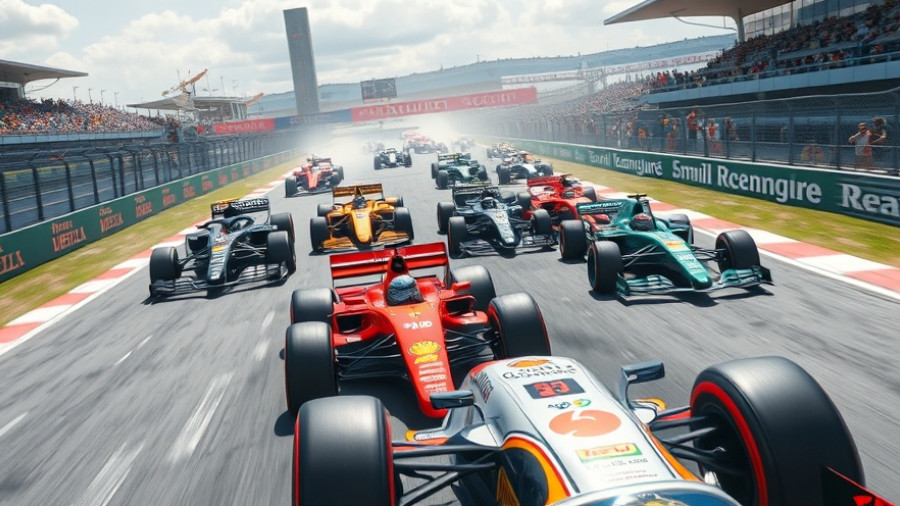
The Dramatic First-Lap Incident at the US Grand Prix
The 2025 United States Grand Prix sprint turned into a disastrous spectacle for McLaren, as the team's hopes were dashed within seconds. On the very first lap, Oscar Piastri and Lando Norris found themselves entangled in a catastrophic collision, thanks to what CEO Zak Brown described as "amateur hour driving" from others on the track. This unfortunate string of events not only ruled both cars out of the race but it also sent shockwaves through the championship standings.
Blame and Responsibility: Who’s at Fault?
As the dust settled after the incident, Brown laid the blame squarely on the shoulders of Nico Hulkenberg, stating, “Neither of our drivers [Piastri and Norris] are to blame here.” This assertion aligns with Norris's own take on the collision; he emphasized that he was merely a victim of the chaos created by others, expressing frustration over how unavoidable the incident felt. Both he and Piastri skirted around naming specific culprits, but their sentiments of outrage echoed a commonly felt sentiment in the racing community—first corner collisions should come with a modicum of caution.
Implications for the Championship Battle
This mishap had major ramifications for the Formula 1 championship landscape as Verstappen effortlessly sped away with the victory, adding to his growing tally of points, while Piastri's championship lead was jeopardized. With the season nearing its conclusion, every point is critical, which makes such incidents all the more gutting. As Piastri once again found himself embroiled in yet another first-lap mess, questions arise about the risk factors involved in aggressive driving at the start of races. This incident might prompt teams and drivers alike to reconsider strategies regarding early race aggression in forthcoming competitions.
Future Trends: Lessons to Be Learned
As McLaren regroups from this significant setback, the implications of this race could resonate throughout the rest of the season. Teams must address how to mitigate risks during the chaotic opening laps of races. Are fines or other disciplinary actions necessary for drivers who engage in reckless driving behaviors? Furthermore, are we witnessing a persistent trend of aggressive driving in modern Formula 1? Such incidents challenge the essence of sportsmanship and ensure that accountability remains a crucial part of the racing narrative.
Conclusion: Call for Reflection
In the high-stakes world of Formula 1, the consequences of carelessness can lead to dire outcomes, as reflected in McLaren's double retirement at the US Grand Prix. This incident calls for deeper introspection and responsibility among teams and drivers alike as the championship race heats up. The focus now shifts to ensuring that future races do not repeat such unfortunate spectacles. With tension mounting among championship contenders, teams need to keep their cool when the pressure rises.
 Add Row
Add Row  Add
Add 




Write A Comment